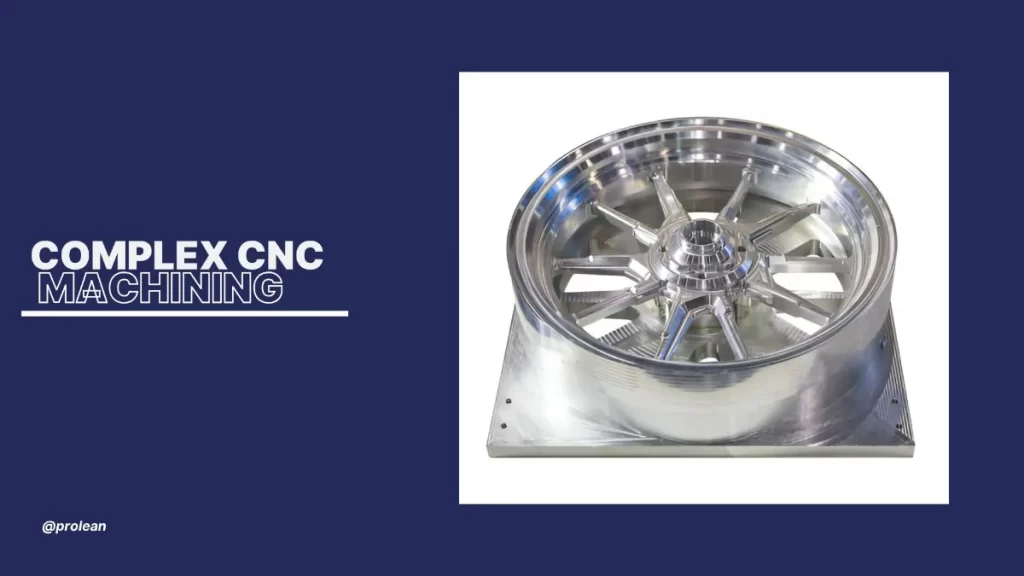
Today’s manufacturing world relies heavily on precision and automation. One of the most potent tools making this possible is complex CNC machining.
The process involves computer-controlled cutting tools that follow CNC G-code to shape metal, plastic, or ceramics into exact parts. Whether you’re creating simple shapes or highly detailed designs, CNC precision machining can do it all.
Custom CNC machining makes it possible to produce intricate parts with tight tolerances. Companies that need CNC machining for high-performance and accurate parts include aerospace, medical, and automotive.
In this article, we’ll walk you through how complex precision machining is set up for intricate design parts and explain the key principles behind this powerful technology.
Let’s get started!
Why Use CNC Machining for Complex Parts?
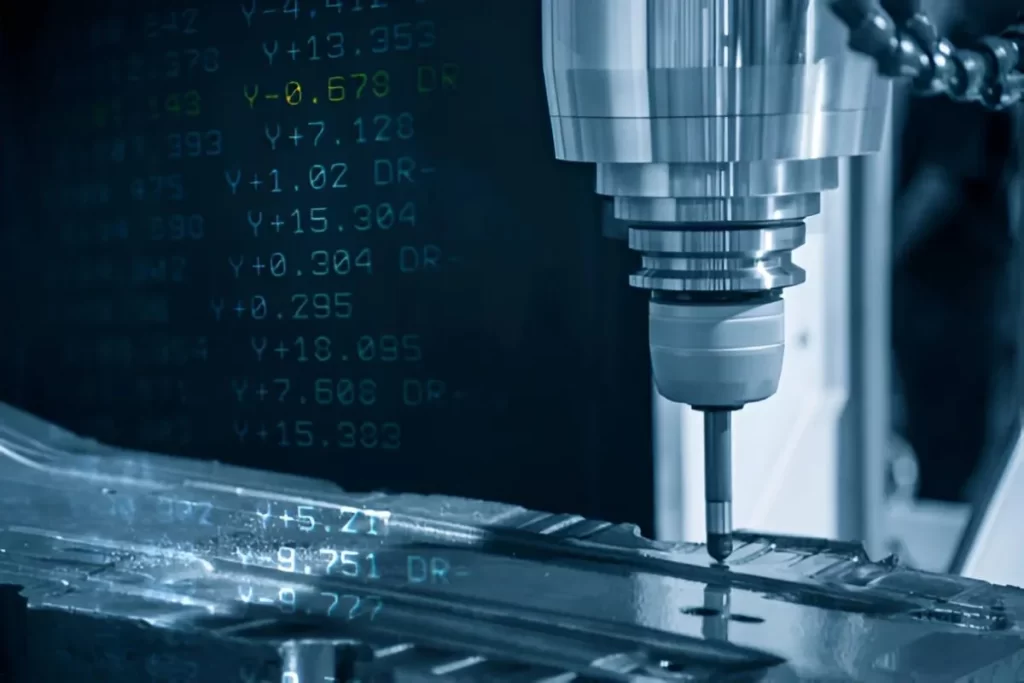
CNC Machining Programming
Complex CNC machining is the best choice for making precise, small parts. These parts are often made with curved pieces, tight spaces, and several joined surfaces. The critical step is to choose the best CNC machine.
There are devices made for handling simple as well as complex jobs. Simple shapes allow machines with 3-axis to work. CNC machining complex parts can often only be made using 5-axis machines or mill-turn centers. Your machine choice should be based on each part’s size, shape, allowed tolerance, and material type.
When possible, engineers working on design tend to keep parts as simple as they can. Simpler structures result in better production, less expense, and extra efficiency. Yet, if a workpiece needs to be intricate, advanced CNC machining can guarantee excellent results.
3-Axis CNC Machining: These are Optimum For Simple Parts
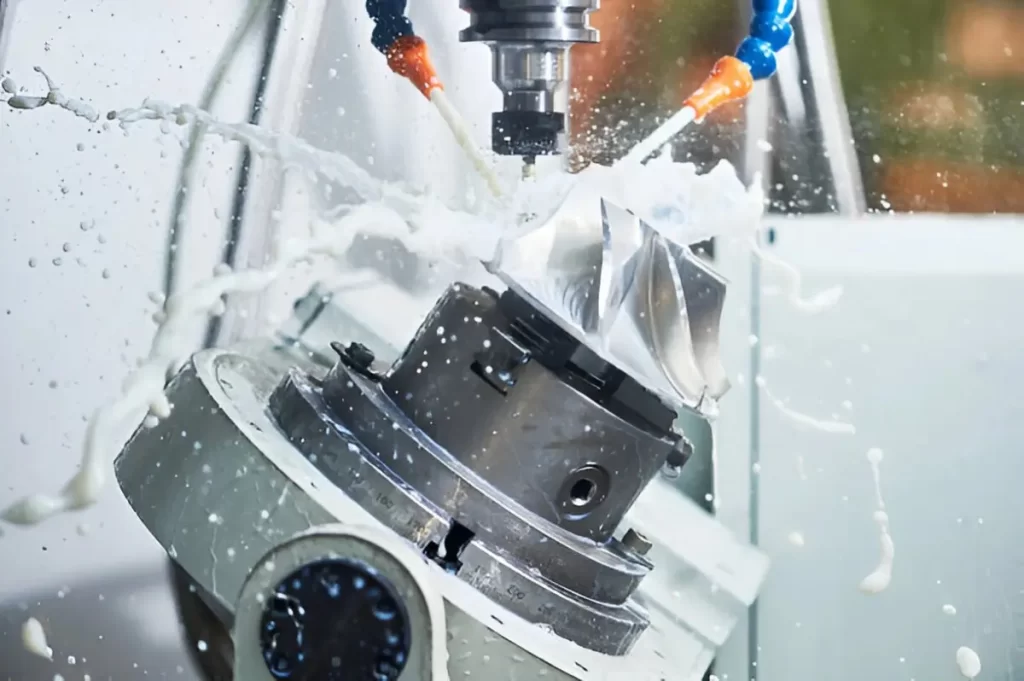
Aircraft Part CNC Machining
3-axis Machining is the usual CNC practice. Two main processes are present: CNC milling and CNC turning. The machine’s movement along the X, Y, and Z directions is possible no matter the method, but the part never leaves the base during these cuts.
3-axis machining is reliable and the least expensive. It is suitable for creating complex precision machined parts features like angles and holes. Setting things up is simple, and running them is not complicated.
At the same time, 3-axis machines can’t create some complex shapes. The material must be repositioned to reach some parts or make accurate geometries. That’s the role of more advanced types of machines.
5-Axis CNC Machining: Best for Complex Parts
5-axis CNC machining is the go-to option for making parts that are not straight or flat. The part is turned around an extra two axes, in addition to the usual X, Y, and Z ones.
The technique eliminates the need to stop and reset the part as the machine can access all its areas in a single run. Machines reduce the time and increase the accuracy of making parts with many details.
The 5-axis process rotates the cutting tool or the table along two additional axes, allowing access to multiple faces of the part in one setup. As a result, there are fewer rough spots and tighter fitting areas, which are essential in both aerospace and medical equipment.
The downside? The equipment costs a lot, and running it properly takes a professional. However, they are uniquely precise regarding challenging CNC machining jobs.
Mill-Turn Machines
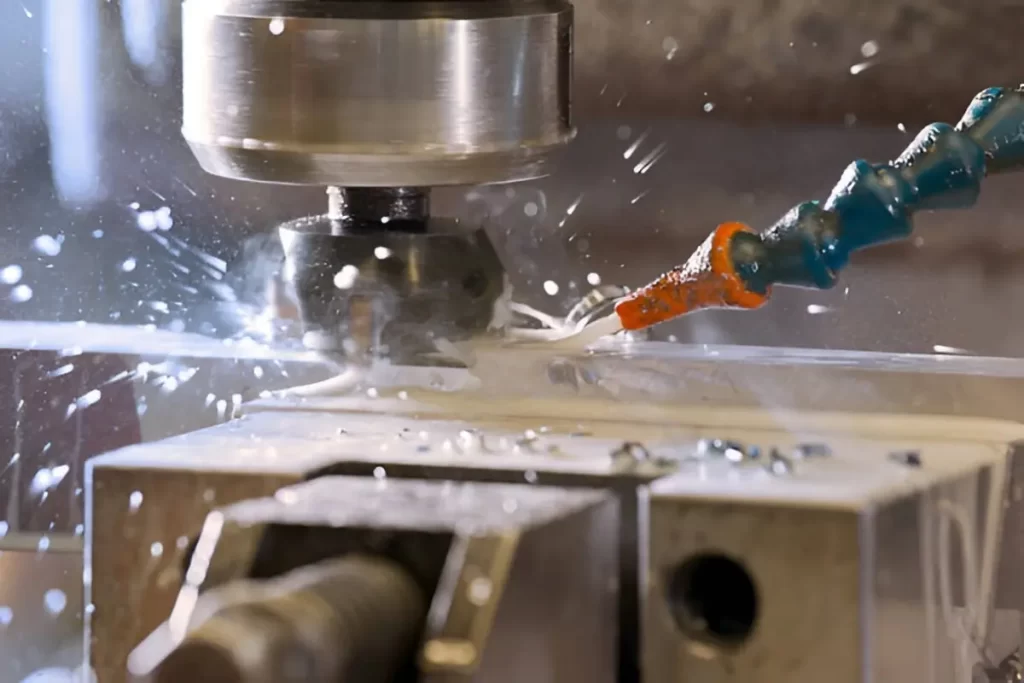
Milling Machine
Mill-turn machines are designed for milling and turning parts using only one machine. The part rotates for turning and then moves into a fixed position for milling work.
Such hybrid tools are ideal for complex CNC machining, especially when the part must be worked on more than once. Thanks to one setup, they accomplish work with less handling, earn more speed, and ensure close tolerances.
Despite being quite advanced, mill-turn machines allow companies to complete complex parts faster and cheaper.
Related To: 3-axis vs 5-axis CNC machines
Try Prolean Now!
What to Consider in Complex CNC Machining
When you are dealing with complex CNC machining, everything counts. How much time you have and your budget are set by careful planning. Be sure to study the features, tools, and ways to set it up, and how precise the part should be.
Dimensions and Part Size
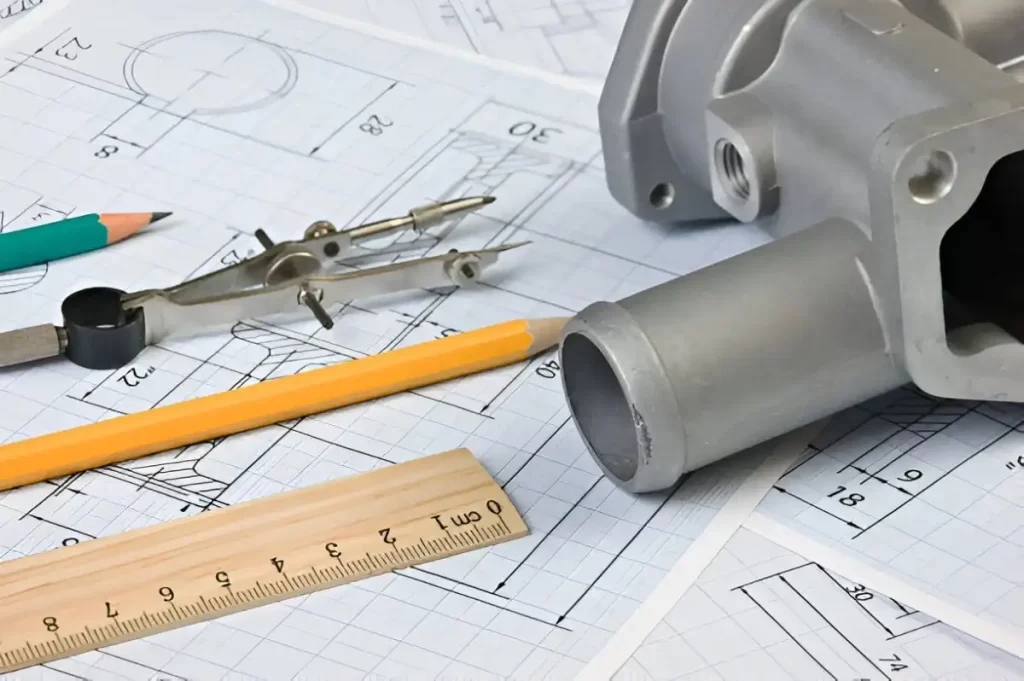
Part Dimensioning Drawing Tools
Larger parts aren’t always the most complicated. It’s often simpler to cut a large, flat piece than a small piece with lots of sharp or deep edges.
When machining is complicated, closely monitored processes are called for when making intricate, small parts. Every measurement should be stable at all points during the process. As a result, errors produced by high-speed cutting or heat are less likely.
Cutting Tool Choices
Your tool type is determined by how large and deep your parts are. Large tools slice off a lot of material at once. They cannot fit into some tight corners. Your tool length must fit the speed, spindle angle, and head.
When the job is complicated, shorter tools help reduce vibration and result in cleaner work. They allow you to get a better, smoother result on curved surfaces.
Total Processing Time
The more complex your part, the more steps you need to perform. Every step adds time and may involve tool changes, fixture setups, and verification of part alignment or tolerances. 5-axis motion or mill-turn functions may be required on a part that includes angular holes and undercuts. Because they operate on all sides, these machines cut the time needed for each cycle.
Tolerances and Accuracy
Ensuring greater precision is always more difficult and comes with an additional expense. You should work with sharp tools and machines that provide high precision at various slower speeds.
Tolerances set the required close fits for complex parts. Even a little mistake can create difficulties down the line. Thermal conditions, the type of metal you’re working on, and the condition of your cutting tool also matter. The higher the tolerance needed, the longer it takes and the more tool changeovers, so consider the part’s purpose when defining tolerances.
Surface Finishes for Complex CNC Machining
The surface treatment means adding finishing touches to make a product attractive, durable, and more functional. A range of finishes is available in complex CNC machining, each one offering something valuable. The best choice for a part is affected by its design and how it will be used.
Bead Blasting
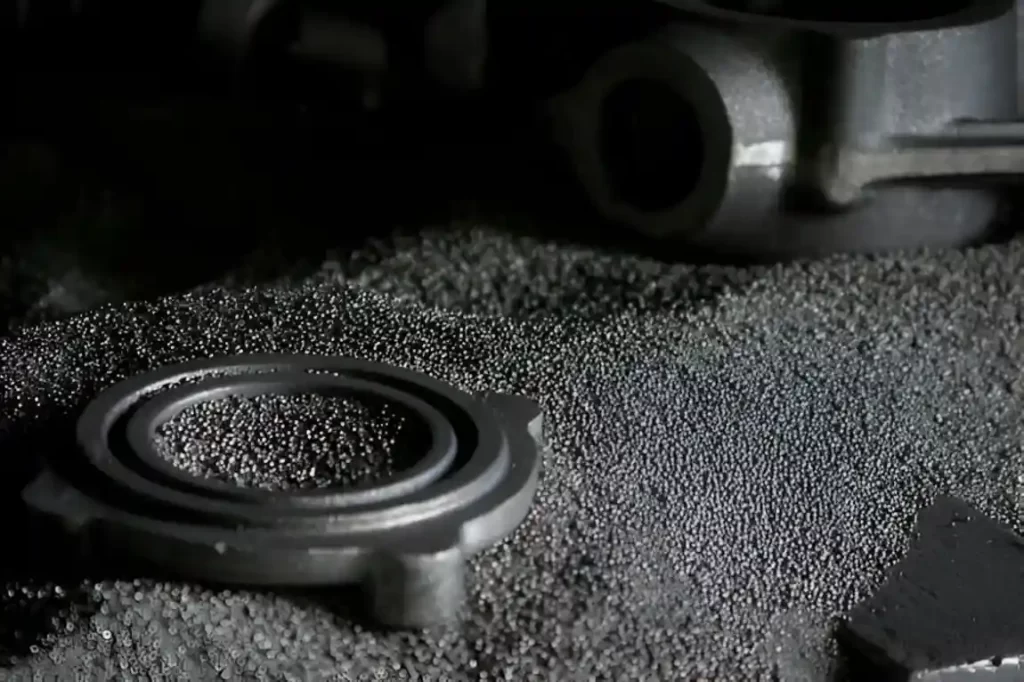
Bead Blast Finished Part
Experienced workers use bead blasting as a manual process. Complex parts are given a smooth matte and satin look by it. This finish removes lines and minor tool marks from machining. It also covers up little problems and makes surfaces more consistent. Remember, it takes off just a thin bit of material. That’s why you should always check tolerances before selecting this approach.
Mirror Polishing

Mirror Polishing of Auto Car Light
Use mirror polishing if you want items with a bright, reflective coating. Using fine powders, this technique leaves your car looking smooth and shiny. In complex CNC machining, you should choose this if you need a smooth finish or a stylish result. It also smooths down the surface and helps you clean faster. Many sectors benefit from the attractive and valuable features of mirror polishing.
Electropolishing
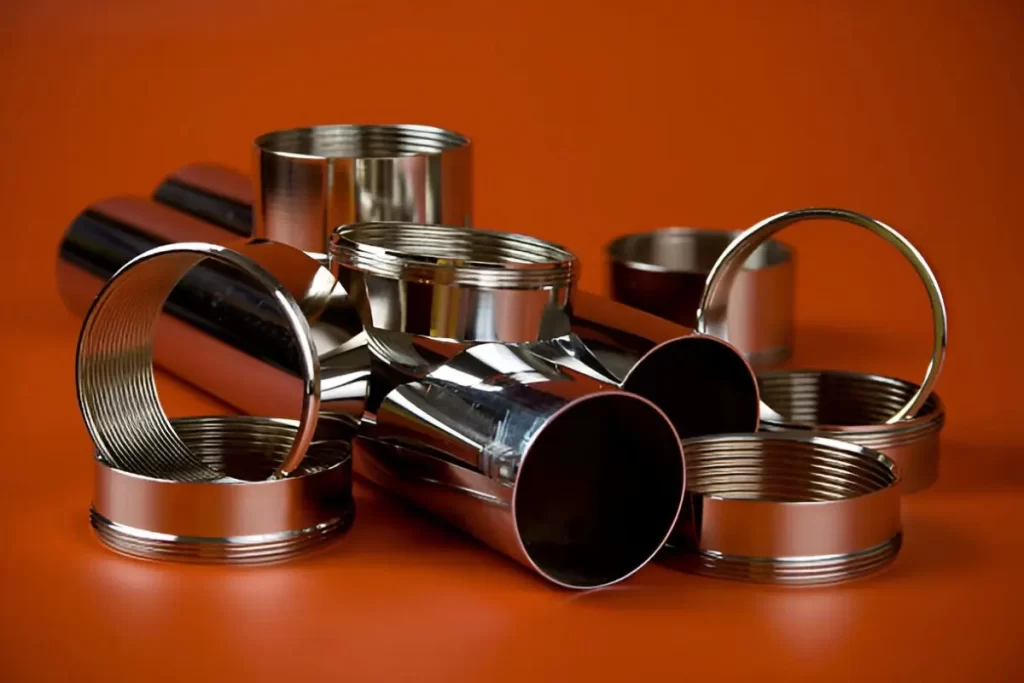
Electropolished Parts
Electropolishing polishes and cleans a surface by using an electric current. You dip your complex part into a bath with an electrolyte, and an electric current takes off the top layer. It improves corrosion resistance and smooths internal surfaces that are hard to reach by mechanical polishing. It’s beneficial in areas that other tools cannot access. Because electropolishing makes parts less likely to harbor bacteria, it’s commonly used in the medical field.
Anodizing
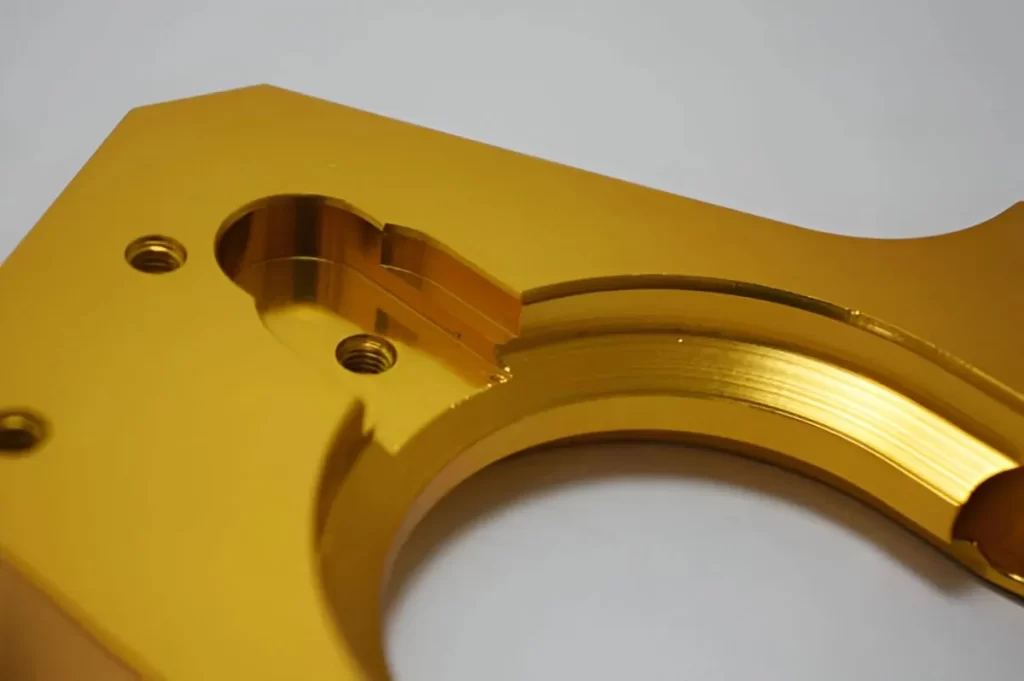
Anodized Product
Anodizing provides your parts with a shield and a fun color. An electrochemical process creates a layer of oxide that offers strong wear and corrosion resistance. It is typically a poor conductor of electricity. The coating prevents both wear and corrosion. With anodizing, design possibilities are increased in complex CNC machining. You have the option to use black, red, or blue colors. Hard anodizing is widely selected because it is durable and provides a long life.
Try Prolean Now!
How to Use a CNC Machine for Complex Parts

Bearings, fasteners, and Gear Machining
The first step in making complex parts is thorough planning and appropriate CNC machine selection. To have a smooth manufacturing process, follow the steps we outlined.
Step 1: Design Your Part
The first step is to design a clear depiction of your part. Make your drawing accurate and complete by using standard CNC design practices. It keeps problems from happening during machining.
Step 2: Export Your CAD Files
After that, export your design to a suitable CAD and CAM file. You may find three regular formats: STEP, IGS, and PARASOLID. The files include the geometry information. STL files are widely used in 3D printing for their simplicity, but they don’t include units or detailed data. OBJ files can include textures and color, but may not always represent geometry with the same precision as STEP or IGS files.
Step 3: Send Your Drawing as a PDF
Though not required, sharing your engineering drawing as a PDF is helpful. This matters even more if your part needs tight fits, small sizes, or threaded holes. If you mark vital information on the PDF, the person operating the machine will know your requirements more clearly.
Step 4: Request a Free Quote
After all your files are prepared, forward them to the complex machining corporation
for examination. The team will review every file you supply them with. In Prolean, our services cover various CNC machining tasks for parts that are not simple. You’ll receive a quote covering lead times and your project’s pricing.
Conclusion
To sum up, the common CNC machining techniques like milling, turning, and routing are the best way to make complex parts with precision. Choosing an exemplary CNC machining service and having a precise drawing are key to getting great results.
The proper CNC process can deliver excellent finishes no matter how complicated your part is. It all depends on selecting the proper CNC machine for your needs.
At Prolean Tech, our experienced engineers have the skills and knowledge to handle your complex CNC machining projects. If you have any questions about our services, please contact us!
FAQ’s
Q1. What is the most rigid material for CNC?
Tungsten is one of the hardest materials to machine. It’s dense and brittle, which makes it challenging for tools and slows down the process. Machining tungsten requires special tools, low speeds, and careful handling. Other hard materials include Inconel, hardened steel, and titanium.
Q2. How do you calculate CNC machining costs?
You add machine time, material, labor, and finishing to calculate CNC machining costs. Start with the machine’s hourly rate and multiply it by how long it takes to make your part. Then include material cost, operator time, and any surface treatments. The total gives you a rough cost per part.
Q3. How much does 5-axis CNC machining cost per hour?
5-axis CNC machining usually costs between $75 and $200 per hour. The price depends on machine quality, part complexity, and operator skill. High-precision or aerospace parts can cost more. For simpler jobs, the rate can be on the lower end.
Q4. What are the five common types of CNC machines?
The five most common CNC machines are:
- CNC Milling Machines for cutting and shaping
- CNC Lathes for turning round parts
- CNC Routers for soft materials like wood and plastic
- CNC Plasma Cutters for metal sheets
- CNC EDM Machines for precise work on hard metals
Each one is used for different types of parts and materials.
Q5. What is the most common CNC programming language?
G-code is the most widely used CNC language. It tells the machine how to move, cut, and change tools. Almost all CNC machines use G-code, and most CAD/CAM software can create it automatically from part designs.

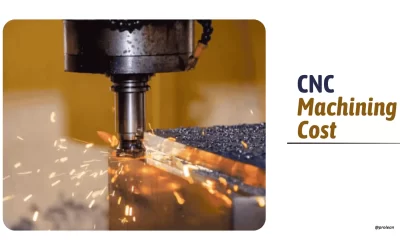
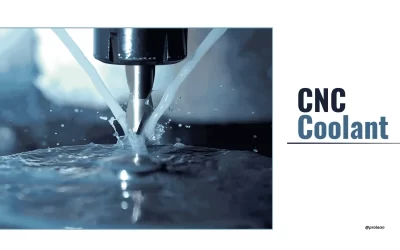

0 Comments